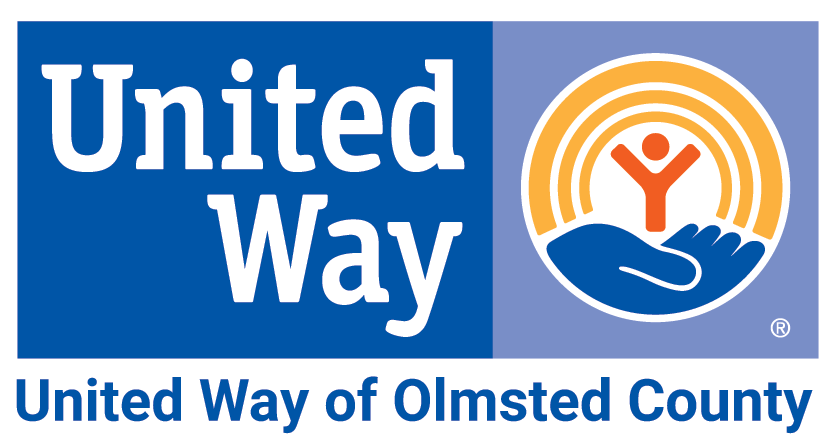United Way's Place-Based Work

_________________________________________________________________________________________________________________________________________________________________________________________
We know that place matters: research and experience shows that families and students do better when they live in strong communities. Strong communities are marked by the opportunities they afford their residents – including economic mobility, employment security, and self-advocacy. Yet challenges such as poverty, unemployment, housing instability, and education levels tend to concentrate in areas negatively impacted by a history of disinvestment and require intentional, location-specific efforts in order to be adequately addressed. Place-based approaches allow for targeted investments in neighborhoods experiencing concentrated need, ensuring that all neighborhoods become the kinds of places that allow children and families to reach their full potential.
A place-based approach has the potential to lead to improved outcomes for children and their families by reducing barriers to access, addressing barriers that are shared by residents of a given neighborhood, providing services in a concentrated way to those hardest to reach, and increasing social capital of a given neighborhood.
These papers are meant to explore some best practices, commonalities, and models of place-based approaches from around in the country. They draw heavily on the work done in the Northside Achievement Zone (Minneapolis), the Harlem Children’s Zone (New York City), and the Building Neighborhood Capacity Program (a federally-funded initiative implemented in eight neighborhoods in four cities).
___________________________________________________________________________________________________________________________
The Case for a Place-Based Approach
